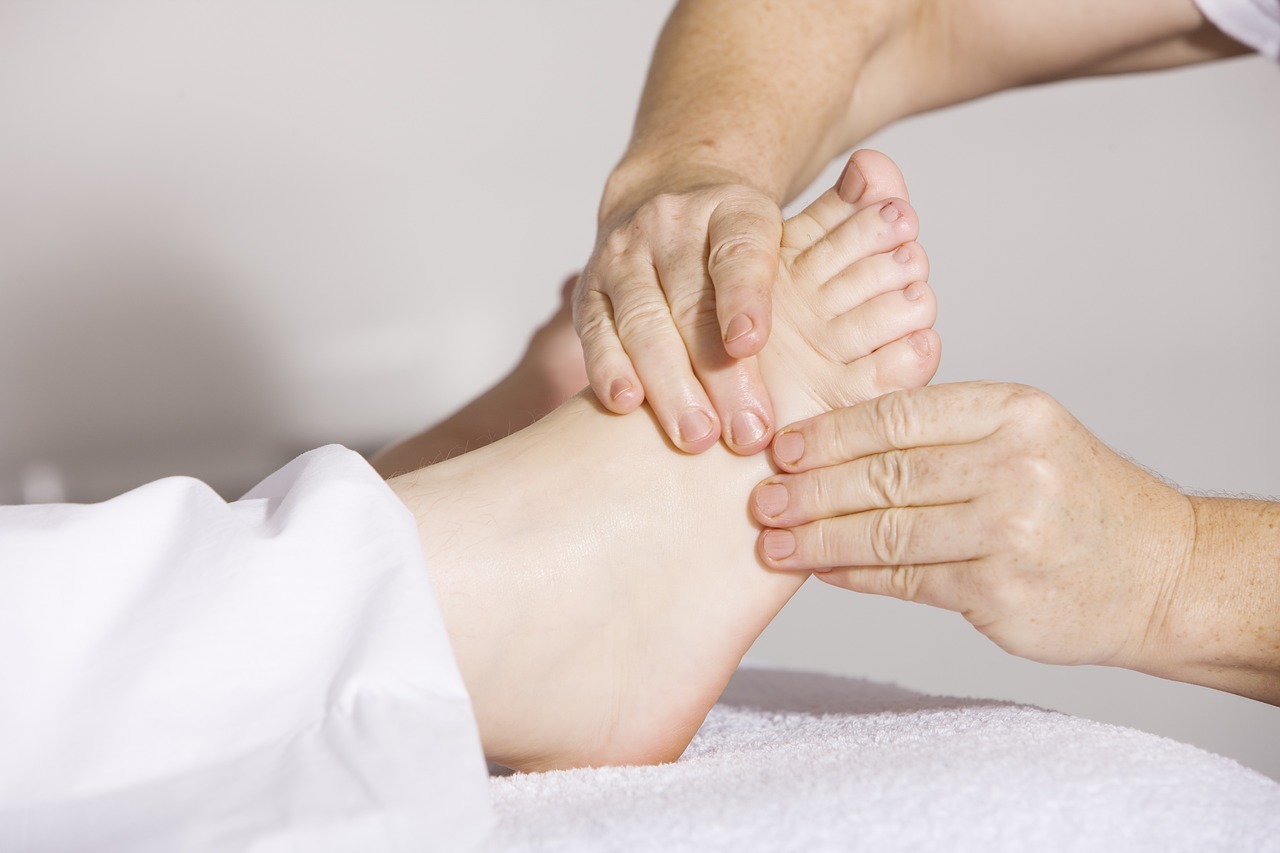From experience, we have encountered a lot of tough patients. We would manage their main complaint, however to find out some have long standing foot pain that has no resolved. No one should be walking around with pain underneath their foot for the rest of their lives!
At our clinic, we have seen an emergence of chronic Plantar Fasciosis. Commonly known as “Plantar fasciitis”, however majority of the cases are actually not inflammatory conditions in nature. The plantar fascia is a fibrous connective tissue which originates from the inside heel bone, and expands into five bands which attach forward onto the bottom knuckles of all five toes. The term “Fasciosis” is coined due to research findings where there is thickening of the plantar fascia, disorganized collagen fibres, collagen cell death, enlargement of blood vessels and poor blood flow. In other words, the ropes under the foot is starting to fray and lose its structural integrity and tensile strength. It is also more common in females than males. Also common in all ages, however commonly in middle age population.
Some risk factors include:
- Reduced ankle range of motion (lifting foot up)
- Collapsing of foot arch under load (dynamic flat feet)
- Elevated BMI
- Incorrect shoe fit
- Prolonged high impact weight bearing activities.
Common presentations include:
- Heel pain first thing in the morning or after resting for prolonged periods
- Limping and toe walking
- Dislike hard surfaces and stairs
- Tender to touch on the inside part of the heel or arch of the foot
- Heel or foot pain after standing all day, long walks and exercising
- Recent sudden increase in activity level. For example, going from not normally running, to running 5km
It is a condition that is treatable with proper management. Some treatments which include ankle and foot mobilizations, stretching, taping to support the arch from collapsing. Management often includes, a tailored strengthening program, stretches, foot orthoses and graduated load management to get one back to their favourite activity. However from our clinical experience, Shockwave Therapy coupled with strengthening exercises and supportive foot arch methods has provided some of the best results.
Shockwave therapy in short is an non-invasive and safe treatment machine that provides acoustic waves carrying high energy levels to the injured site to promote regeneration and reparative process of the soft tissue and tendons. The great medical effect is the result of pain relief and improving mobility. Improving mobility is important to also assist restoration of tissue repair.
Keep in mind, foot heel pain must be properly diagnosed by your trusted health care profession as it may mimic other injuries such as Achillies tendinopathy, irritated heel or foot fat pad, irritated nerves in foot or ankle, or growing pains such as Sever’s disease is a few to name. All these different diagnoses are managed differently and applying the same concept such as Shockwave therapy may make the injury worse.
We all have a long new year of 2019 ahead of us, right not start your year on a pain free step.
By: Ed Ma
References:
- Lemont H, Ammirati KM, Usen N. Plantar fasciitis: a degenerative process (fasciosis) without inflammation. J Am Podiatr Med Assoc. 2003;93(3):234–7
- Alexander T. M. van de Water, Caroline M. Speksnijder, Efficacy of taping for the treatment of plantar fasciosis: a systematic review, Journal of the American Podiatric Medical Association, 2010; 1: 41-51. (level of evidence: 1a)
- Sun J, Gao F, Wang Y, Sun W, Jiang B, Li Z. Extracorporeal shock wave therapy is effective in treating chronic plantar fasciitis: A meta-analysis of RCTs. Medicine (Baltimore). 2017;96(15):e6621.

